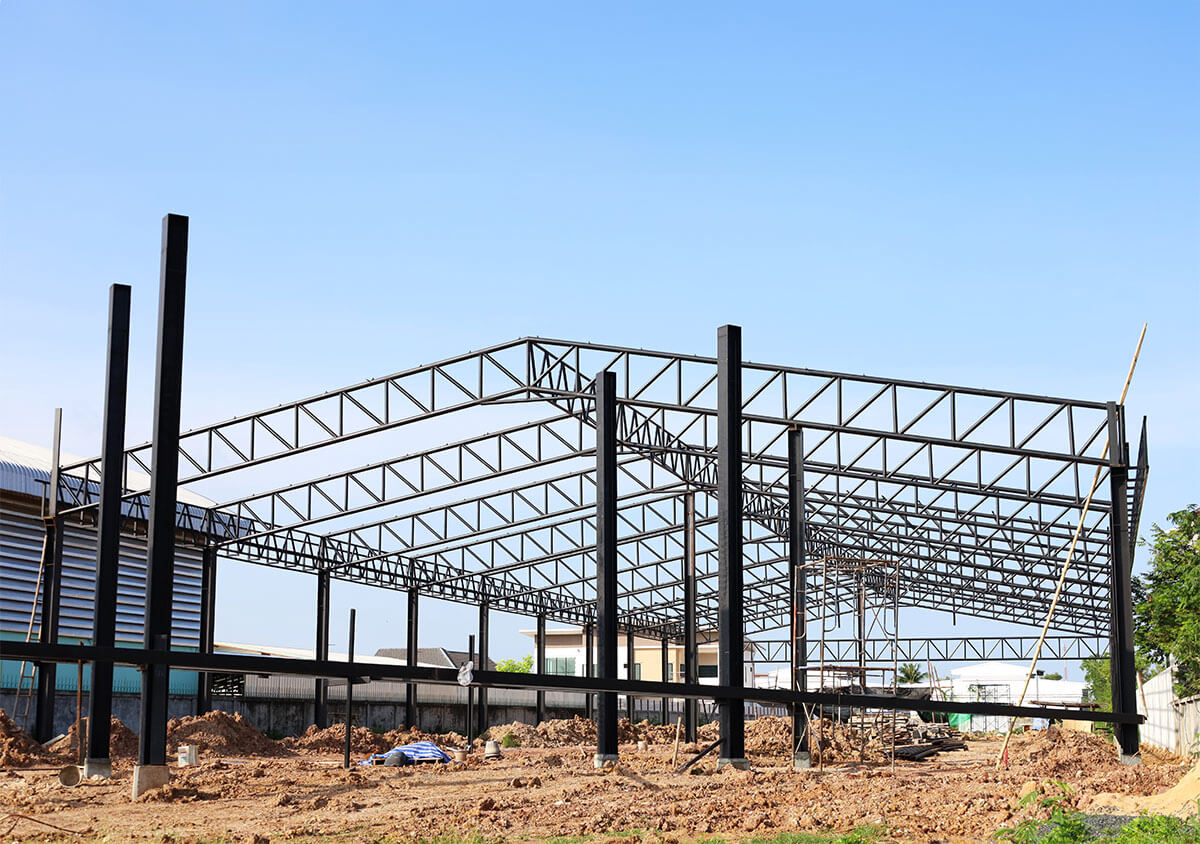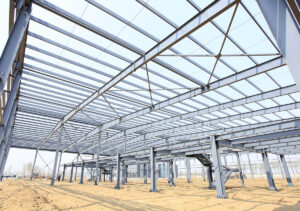The world of commerce has undergone a remarkable transformation in recent years, driven by the meteoric rise of e-commerce. As consumers increasingly embrace the convenience and flexibility of online shopping, the demand for warehouses and logistics facilities has soared to unprecedented levels. This surge in demand has reshaped the real estate landscape, creating a vibrant and dynamic sector with far-reaching implications for the economy and society.
The rise of e-commerce can be attributed to several factors, including the ubiquity of smartphones and internet access, the growing popularity of social media and online marketplaces, and consumers’ heightened expectations for fast and efficient delivery. With online purchases becoming the norm, businesses have scrambled to adapt their supply chains to meet the evolving demands of the digital marketplace.
Warehouses and logistics facilities are the backbone of e-commerce, providing the essential infrastructure for storing, picking, packing, and shipping goods to consumers. These facilities are located strategically near major transportation hubs, ensuring efficient distribution and timely delivery. However, the exponential growth of e-commerce has strained existing warehouse space, prompting the need for new construction and development.
The demand for warehouses is particularly acute in urban centers, where a large concentration of consumers and businesses creates a logistics challenge. Urban warehouses, often called “urban fulfillment centers,” are designed to handle the rapid fulfillment and delivery of goods within a limited geographic area. These facilities are typically smaller but strategically located closer to consumers, enabling same-day or two-hour delivery services.
The growth of e-commerce has also spurred the development of specialized logistics facilities, such as temperature-controlled warehouses for food and pharmaceuticals and high-bay warehouses for storing bulky items. Additionally, the increasing adoption of automation and robotics in warehouses transforms how goods are handled, improving efficiency and reducing labor costs.
The surge in demand for warehouses and logistics facilities has significantly impacted the real estate market. Rental rates for warehouse space have increased steadily, and vacancy rates have plummeted to record lows. This has led to a boom in warehouse construction, with developers scrambling to meet the insatiable demand for space.
The e-commerce-driven warehouse boom has also had a profound impact on local economies. The construction and operation of warehouses generate significant employment opportunities, particularly in areas with limited economic prospects. Additionally, warehouses and logistics facilities often attract other businesses, such as transportation providers and retail distribution centers, further stimulating economic growth.
Looking ahead, the demand for warehouses and logistics facilities is expected to continue growing, driven by the ongoing expansion of e-commerce and the increasing adoption of omnichannel retail strategies. As consumers continue to embrace online shopping and demand faster delivery times, businesses must expand their logistics capabilities, further fueling the demand for warehouse space.
The rise of e-commerce has undoubtedly revolutionized how we shop and consume goods. This transformation has also profoundly impacted the real estate market, creating a surge in demand for warehouses and logistics facilities. As e-commerce grows, the warehouse and logistics sector is poised to play an even more critical role in the global economy, shaping the future of commerce and logistics.
Contact Us at (949) 749-5250 for a complimentary consultation.




